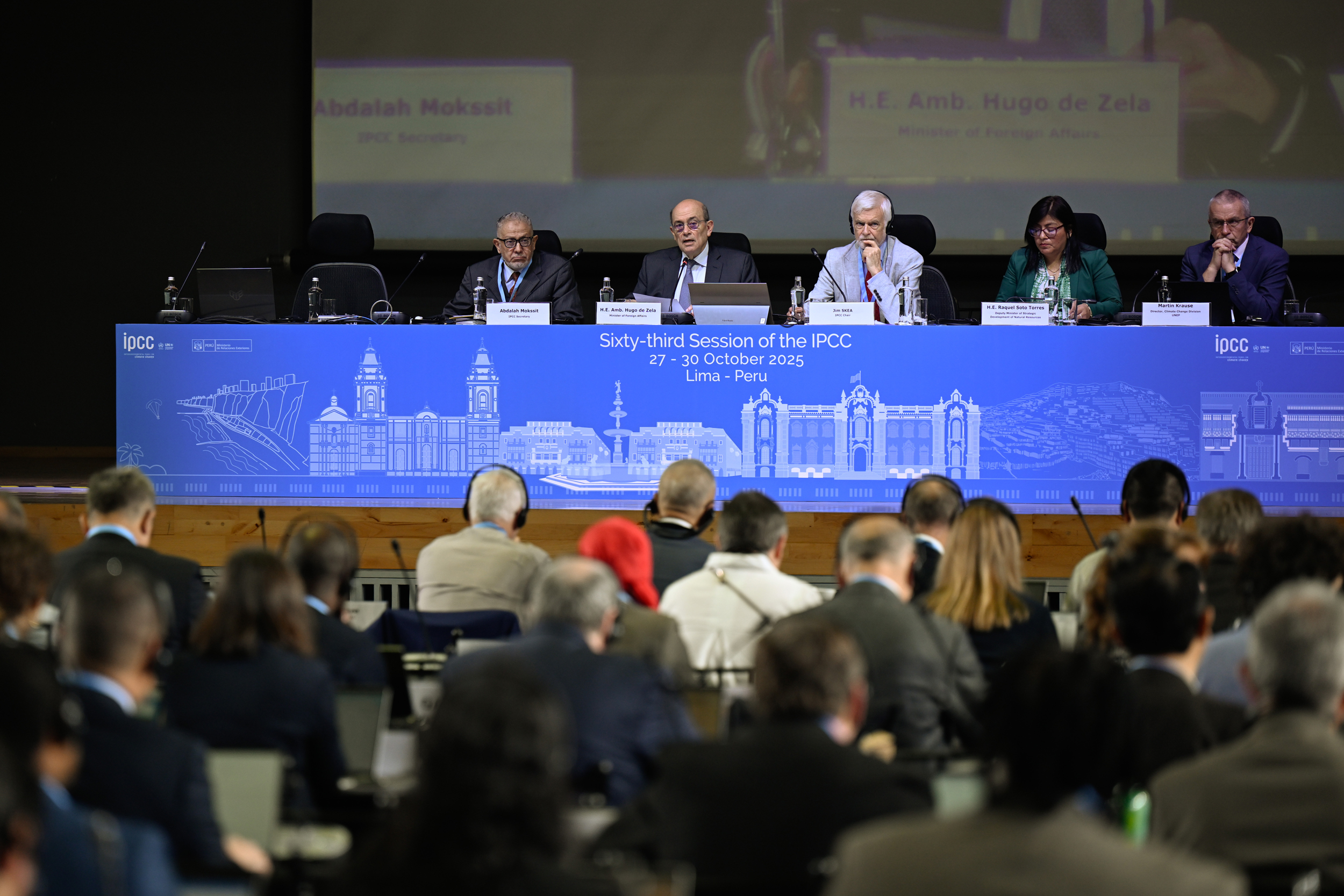This story was originally published by Public Health Watch and WBFO.
Recent computer modeling shows that the Goodyear Tire & Rubber Company’s chemical plant in Niagara Falls, New York, is releasing a bladder carcinogen into nearby neighborhoods at levels up to seven times the state’s safety guideline.
The modeling, done by the New York State Department of Environmental Conservation (DEC) using Goodyear data on emissions of the chemical ortho-toluidine, has triggered a burst of activity outside the plant. Advocates have asked the U.S. Environmental Protection Agency to issue an emergency order that would force Goodyear to rein in its emissions and plan to hand out leaflets in the affected neighborhoods this week.
Anne Rabe, a volunteer with the group Don’t Waste New York who is leading those efforts, blames the DEC and the New York State Department of Health for allowing the community to be exposed to a chemical deemed so dangerous that the state significantly tightened the airborne limit for it in 2021.
“It’s a betrayal of the public trust,” Rabe said. “It’s shameful what the DEC and the health department have done. That’s why we’re going to the EPA.”
Public Health Watch, WBFO and Inside Climate News reported in September that the DEC issued a notice of violation to Goodyear in July 2023 for having two deficient pollution-control devices that allowed ortho-toluidine and another chemical, diphenylamine, to contaminate the air outside the plant.
In an emailed statement Tuesday, a DEC spokesperson wrote, “Protecting the health of New Yorkers is our top priority, which is why DEC is requiring the Goodyear Chemical facility in Niagara Falls to quickly implement state-of-the-art pollution control technology to meet current air toxics standards. … DEC’s ongoing oversight will ensure that the facility complies with all applicable environmental laws and protects public health.”
Pressed to define “quickly,” the spokesperson said the timeline has not been finalized but the improvements could take more than a year to put in place. In a letter to the DEC in August, Goodyear estimated that “the process for design, procurement, installation and commissioning the upgraded air pollution control technology may require approximately eighteen months to two years to complete.”
The state health department said in a statement that it works closely with the DEC “to protect public health while investigating and addressing potential disease-causing contaminants in the environment.” It cautioned that behavioral, genetic and cultural factors can also contribute to the development of cancer.
Steven Wodka, a retired lawyer who represented 29 Goodyear workers with bladder cancer, obtained a map depicting the DEC’s modeling through a state open-records request. “We didn’t have this information before,” Wodka said. “We didn’t know, exactly, the geographic contours of where the [ortho-toluidine] emissions fell. Now we do.”

Wodka complained that “there’s just no sense of urgency” on the part of regulators and Goodyear. “This agency [the DEC] has got to bring this matter to an end,” he said. “We need interim controls to immediately bring exposures down, and permanent controls. All of this should be implemented in the shortest time possible.”
Asked about the DEC map and the request for an emergency EPA order, a Goodyear representative wrote:
“The health and safety of our people and the communities in which we work is and always has been our top priority at Goodyear. Goodyear’s Niagara Falls facility produces low levels of ortho-toluidine emissions and is in full compliance with its current permit. The DEC has updated its ambient air guidelines for ortho-toluidine going forward, and Goodyear is working closely with the agency to identify and implement any changes needed based on those new guidelines.”
The DEC issued Goodyear’s current permit in 2009 and updated it in 2011. The state limit for ortho-toluidine was tightened from 21 micrograms per cubic meter of air to 0.02 micrograms in 2021.
An Argument for Imminent Danger
The DEC map depicts a plume of ortho-toluidine extending a little over half a mile, north to south, from Republic Services’ Pine Avenue Landfill on Niagara Falls Boulevard to Majid Al Ibrahim, a mosque at the corner of 56th Street and Lindbergh Avenue. From west to east, at its widest, the plume appears to stretch almost a mile, from a portion of ReWorld Niagara’s facilities on A Street to almost 61st Street, just behind a Home Depot and the Capitol Theater.
Nearly 4,000 people live within a one-mile radius of the plant. Forty-three percent of those residents are low-income, 28 percent are people of color and 27 percent are between one and 18 years old, according to the EPA’s Environmental Justice Screen of the facility. This area, comprising 3.14 square miles, ranks in the 99th percentile for the state and the 94th percentile for the nation in terms of toxic air releases, the EPA says.


Compared to Google Maps, the plume extends over the mosque, the Powerhouse Sports Center, an ambulance base, multiple auto body repair shops, construction companies and hotels. Just outside the plume are a community education center, churches, stores, an elementary school and the former Niagara Falls Cricket Ground. The plant is just two miles by car—six minutes—from the busy Fashion Outlets of Niagara Falls.
Goodyear’s Niagara Falls plant has used ortho-toluidine, a known human carcinogen, since 1957 to make an additive that keeps tires from cracking. It’s the site of one of the nation’s worst occupational outbreaks of bladder cancer, which ensnared plant workers at a rate four times higher than what would have been expected in the general public, federal health investigators found. They concluded that exposure to ortho-toluidine was the likely cause.
At least 78 Goodyear workers have developed bladder cancer since the mid-1980s.
This story is funded by readers like you.
Our nonprofit newsroom provides award-winning climate coverage free of charge and advertising. We rely on donations from readers like you to keep going. Please donate now to support our work.
Donate Now
In a Nov. 27 memo to the EPA’s regional office in New York City, Rabe asked that the agency issue an order under Section 303 of the federal Clean Air Act, a rarely used provision meant for pollution sources that present “an imminent and substantial endangerment to the health of persons,” and when “the appropriate state or local authorities have not acted to abate such sources.”
In such cases the U.S. Department of Justice would bring a lawsuit on the EPA’s behalf, as it did last year against Denka Performance Elastomer LLC, a chemical manufacturer in LaPlace, Louisiana, that has fouled the air with a carcinogen called chloroprene. The EPA wants Denka to shut down until its chloroprene emissions are reduced, a move the company is resisting. The matter is still in litigation.
In her memo, Rabe wrote, “The injustice of having babies, children, adults and elderly, ill and immune-compromised people exposed to air poisoned with excessive amounts of [ortho-toluidine] is unconscionable. It must be immediately remediated with interim control measures while comprehensive long-term control measures are implemented.”
The percentage of people with disabilities living in the ZIP code that includes Goodyear’s factory and the neighborhoods to the east of it, including Love Canal, is already higher than the national average.
Goodyear’s current air permit, Rabe noted, “does not have an expiration date.” The DEC told Goodyear in 2017 that it would have to apply for a new permit, and the review process began the following year. Goodyear was told in early 2021 that the state limit for ortho-toluidine was about to become much more stringent. But an updated permit has not been issued, and high pollution levels from the plant persist.
An EPA spokesperson told WBFO and Public Health Watch that agency officials received Rabe’s memo requesting a Section 303 order and “are evaluating next steps.”


Niagara County has the second-highest rate of bladder cancer in New York and ranks 21st nationally. A study of the Goodyear plant published in 2021 by researchers with the National Institute for Occupational Safety and Health speaks to ortho-toluidine’s potency. The study found that exposures as low as one part per billion—5,000 times lower than the federal workplace limit of five parts per million—created an unacceptably high risk of bladder cancer.
Rabe believes many who live near Goodyear may be unaware of the danger lurking in their air.
“I talked with one family that’s directly across from the plant, and they had heard rumors of an epidemic of bladder cancer among workers in that plant, and they were doing Google searches,” she said. “But they had no idea about the impact in terms of the toxic air pollution impacting the community.”
Jim Morris is executive director and editor-in-chief of Public Health Watch and the author of “The Cancer Factory,” which chronicles the outbreak of bladder cancer at the Goodyear chemical plant in Niagara Falls, New York. Emyle Watkins is an investigative disability reporter leading the Disabilities Beat at WBFO, Buffalo’s NPR Station. Watkins has also appeared on NPR and the BBC, and they authored The Global Investigative Journalism Network’s Guide to Investigating Disability Issues.
About This Story
Perhaps you noticed: This story, like all the news we publish, is free to read. That’s because Inside Climate News is a 501c3 nonprofit organization. We do not charge a subscription fee, lock our news behind a paywall, or clutter our website with ads. We make our news on climate and the environment freely available to you and anyone who wants it.
That’s not all. We also share our news for free with scores of other media organizations around the country. Many of them can’t afford to do environmental journalism of their own. We’ve built bureaus from coast to coast to report local stories, collaborate with local newsrooms and co-publish articles so that this vital work is shared as widely as possible.
Two of us launched ICN in 2007. Six years later we earned a Pulitzer Prize for National Reporting, and now we run the oldest and largest dedicated climate newsroom in the nation. We tell the story in all its complexity. We hold polluters accountable. We expose environmental injustice. We debunk misinformation. We scrutinize solutions and inspire action.
Donations from readers like you fund every aspect of what we do. If you don’t already, will you support our ongoing work, our reporting on the biggest crisis facing our planet, and help us reach even more readers in more places?
Please take a moment to make a tax-deductible donation. Every one of them makes a difference.
Thank you,
















